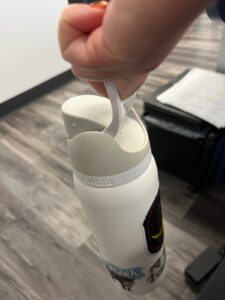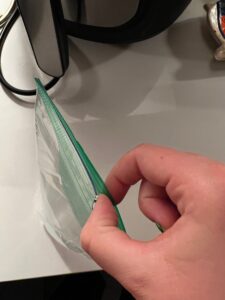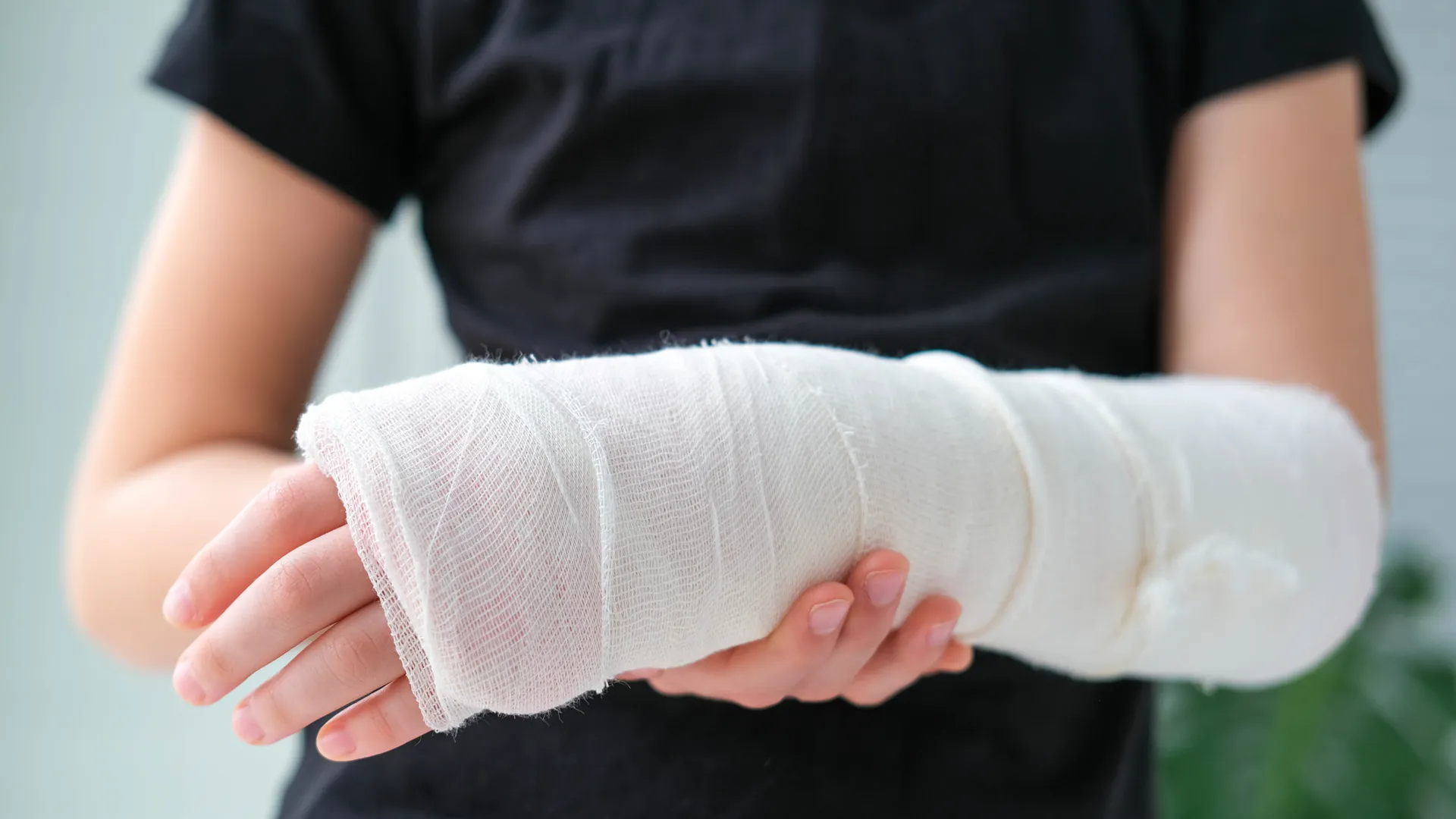HOW TO MAKE HAND THERAPY FUN THIS FALL SEASON Occupational and physical therapy programs have…

Practice What You Preach: Words of Wisdom from Kristen DiCicco, Hand Therapist
Practice What You Preach:
Words of Advice for Daily Hand and Joint Maintenance from a Hand Therapist

“Practice What You Preach”
I never fully grasped what this quote meant until I started working full time as a hand therapist. When I was going through occupational therapy school, my professors always talked about using our “OT lens” when treating a client. An “OT lens” is approaching a client treatment by looking at the person or situation from a holistic standpoint. This includes emotionally, socially, and environmentally. This “OT lens” includes the person as a whole and breaking down each small part of an activity to tease out the exact point where the difficulty, weakness, painful point, or cognitive impairment is found for treatment. Going through school, I did not realize the impact of this concept or how it infiltrated my daily life. For example, I cannot go into a bathroom or movie theater without thinking about how the lighting could be improved to prevent falls. Little did I know this “OT lens” became even more narrow as I entered the field of hand therapy. I have now developed and targeted in on a “hand therapy lens.”
“The Hand Therapy Lens”
Throughout my daily life, I am constantly adapting and modifying daily activities that I find myself providing patient education on. Most impactfully, I consider prevention of future injuries. One common diagnosis seen in our clinics is carpometcarpal osteoarthritis. This requires a significant amount of education on proper positioning, proper pinching mechanics, and activity modifications to manage pain and prevent injury or further progression of disease process. In my own life, I remind myself of “O to C” pinching when I am using tweezers on my eyebrows, putting on mascara, or when opening zip lock bags. I also have adopted basic joint protection principles that I teach patients as well to load the larger joints, stir with the shoulder, or keep the thumb from touching the palm with all functional use. I also remind myself to use larger joints when I carry items to save and protect my thumb and finger joints, especially carrying my water bottles. I have even figured out what water bottles are the most ergonomic, such as one with a handle for fingers to carry rather than a handle that requires you to make a full fist with your thumb (see photo below). Another common diagnosis we see is carpal tunnel. One of the main contributing factors and educational points for carpal tunnel is sleeping in a position with your wrist flexed. I have actively been more aware of my wrist position when I am sleeping to prevent compression of the median nerve at night because I do not want to end up wearing wrist neutral splints at night.



I have been a therapist for a year now and did not think my career choice would impact my daily life as much as it has. I am sure as I continue to learn and gain more experience in the field of hand therapy, I will continue to modify and adapt my activities based on what I educate my clients on.
If you are interested in learning more about joint protection principles or safe ways to utilize your hand functionally to prevent pain, please click HERE to schedule a new patient appointment!
 To read more about Kristen DiCicco, OTD, OTR/L,
To read more about Kristen DiCicco, OTD, OTR/L,
please click HERE for a link to her bio.



